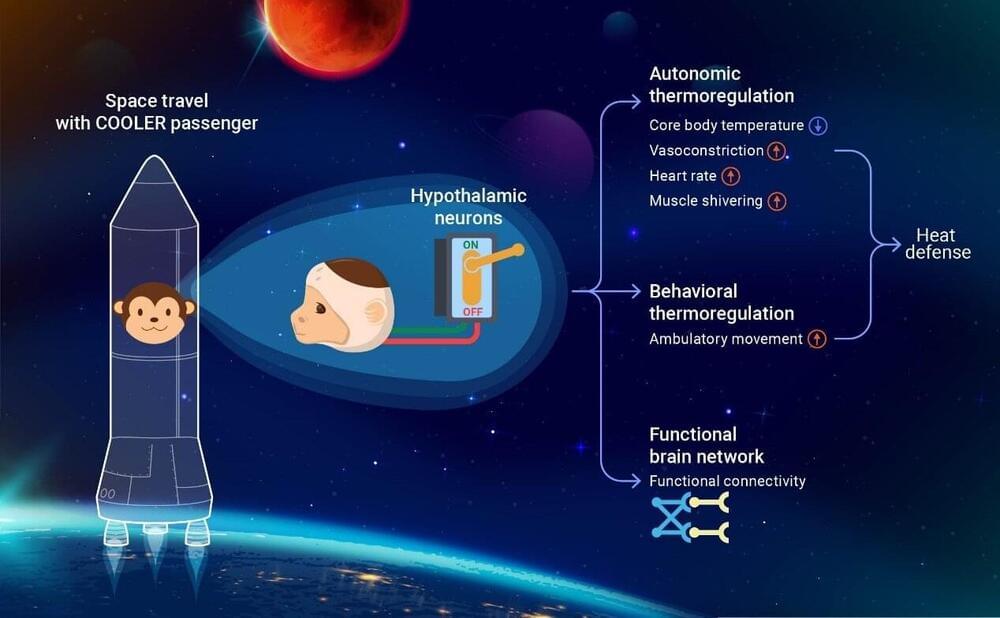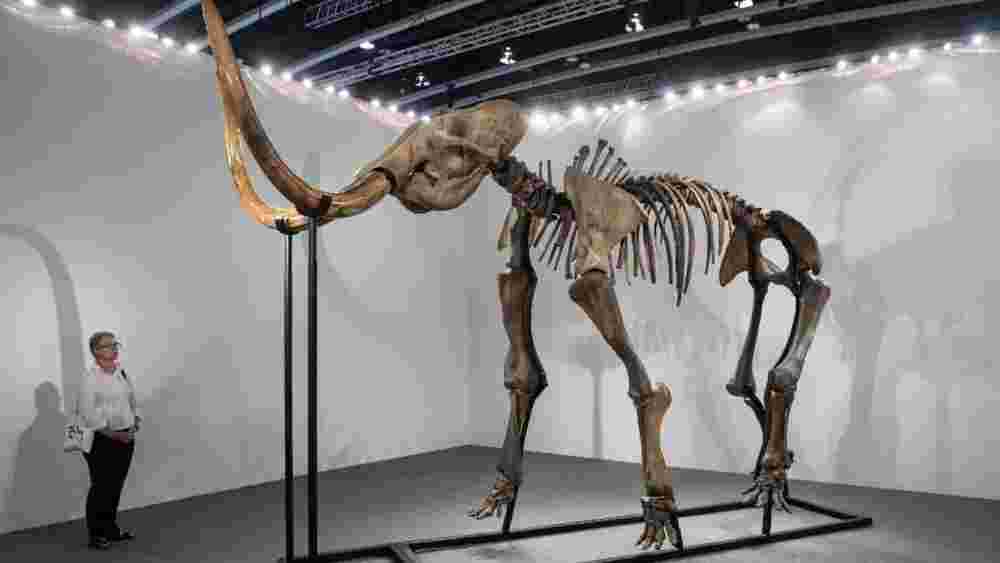Hibernation is a state adopted by certain mammals as an adaptation to adverse winter conditions. Typical features of hibernation include greatly reduced metabolic activity and lowered body temperature.
As warm-blooded animals, primates (except lemurs) do not naturally hibernate or even experience torpor. But can we manipulate the body temperature of primates and make them fall into a hypometabolic state or even artificial hibernation?
A research team led by Dr. Wang Hong and Dr. Dai Ji from the Shenzhen Institute of Advanced Technology (SIAT) of the Chinese Academy of Sciences has recently reported the first reliable hypothermia in nonhuman primates caused by activating a group of hypothalamic neurons.






